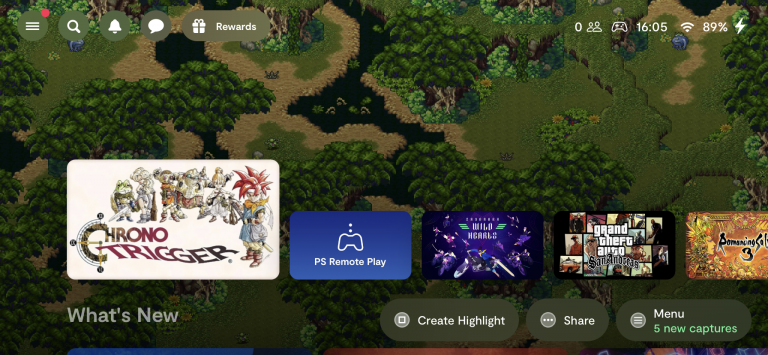
The article also notes that the Kishi V2 is outperformed in terms of performance by the $99 Backbone One, a rival Lightning-only product.

When it comes to buttons, these were made to replicate the haptic microswitch controls on the Wolverine V2 console controller, another item made by Razer.

The dimensions of the iOS and Android models are 3.6 x 7.1 x 1.3 inches and 4.3 ounces, and they both have the same buttons and thumbstick features. This indicates that the iOS version of the Kishi V2 has the same flaws as the Android version, such as uncomfortable controls and a lack of a 3.5mm audio jack for consumers who prefer direct headphone connectivity. The designs of the Android and iOS Kishi V2 are remarkably similar, with the exception of phone and network compatibility. The Nexus app can also be launched using a dedicated button, though it is unsure if this would work with iOS integration since Apple forbids streaming native apps. In the Nexus app (Razer's own gaming hub), you can remap two new multi-function shoulder buttons if you enjoy playing more challenging games.
#Backbone one vs razer kishi upgrade#
If you choose to upgrade from the original Razer Kishi or iOS controller, there are a few benefits.

This is the brand's second generation of iOS controllers, which improve the console-like mobile gaming experience by looking like Nintendo Switch. After being released in July for Android devices alone, the Razer Kishi V2 for iPhone is now available for $99.99.


 0 kommentar(er)
0 kommentar(er)
